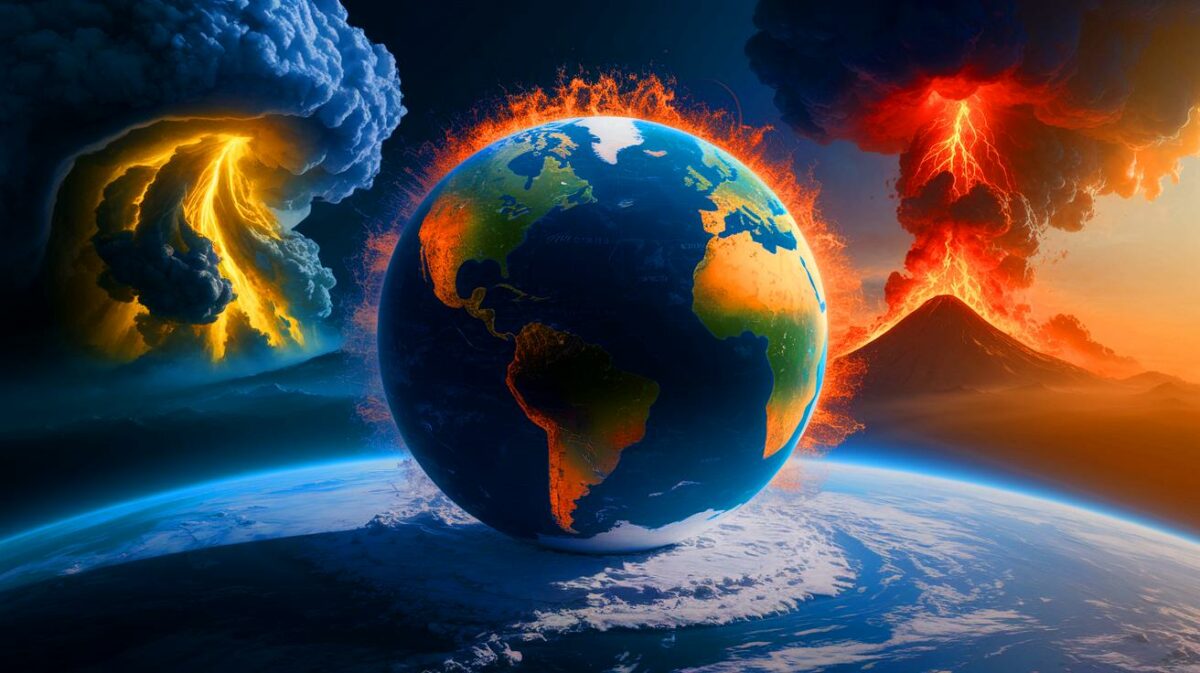| IN A NUTSHELL |
|
The future of our planet is becoming an increasingly urgent topic, and a recent study published in Nature Geoscience highlights a remarkable phenomenon: the potential fusion of continents into a supercontinent within the next 250 million years. This scenario raises significant concerns not only for biodiversity but also for humanity. With extreme temperatures reaching up to 158 degrees Fahrenheit, Earth could become unrecognizable and largely uninhabitable. As climate change remains at the forefront of global discussions, this futuristic scenario urges us to consider how we can mitigate its effects starting today.
An International Team at Work
This ambitious project was spearheaded by world-renowned researchers from the University of Bristol in collaboration with the University of Leeds. The funding was provided by the UK Research and Innovation Natural Environment Research Council (UKRI NERC). Utilizing the Bristol Advanced Computing Research Center, scientists were able to conduct detailed climate simulations. Dr. Alexander Farnsworth, the lead researcher, and Dr. Eunice Lo, an expert in climate change, have been instrumental in this critical research. Their work underscores the urgency of collective awareness in the face of impending climate challenges.
Simulating the Future of Our Earth
Scientists employed sophisticated climate models to predict future conditions on Earth. Envision a supercontinent, “Pangaea Ultima,” where life might face extreme challenges. With increased solar brightness and frequent volcanic eruptions, the planet could experience average temperatures ranging from 104 to 158 degrees Fahrenheit. These alarming projections are based on CO2 levels potentially exceeding 600 ppm if emissions continue to rise. This scenario echoes past CO2 concentrations, signaling a return to extreme climatic conditions. Researchers emphasize the importance of reducing our reliance on fossil fuels to prevent such a future.
Implications for Mammals and Humans
History has shown that mammals can adapt to significant climate changes, but the limits of this adaptation are being tested. Prolonged and extreme heat conditions could be fatal. According to Dr. Farnsworth, only 8% to 16% of the Earth’s surface would remain habitable for mammals. For humans, Dr. Eunice Lo warns, “Widespread temperatures between 104 and 122 degrees Fahrenheit could seal our fate.” Although these predictions are distant, they serve as a clarion call for immediate action. Carbon neutrality is no longer optional but an urgent necessity to preserve our planet and its biodiversity.
Opportunities for Research and Innovation
While this study projects a distant future, it also presents exciting opportunities for exoplanet research. It highlights how the arrangement of continents influences a planet’s ability to support life. Understanding these dynamics could revolutionize our approach to astrobiology and aid in identifying habitable planets elsewhere in the universe. However, the primary reminder is that our priority should be to preserve our own planet. The question remains: how will we utilize this knowledge to ensure a sustainable future and avoid the worst?
In light of these alarming predictions, we must ask ourselves: what measures are we willing to take to curb climate change and protect our future? The time for action is now, and every decision matters. How will we, collectively, respond to this unprecedented challenge to ensure a viable future for generations to come?
Did you like it? 4.4/5 (29)








Wow, 250 million years is a long time. Should I start worrying now or just enjoy my coffee? ☕
This is fascinating! How do the researchers predict these events with such precision?
So, will there be a new Pangaea theme park? Asking for a friend. 😉
158 degrees Fahrenheit?! That’s hotter than my oven! 😳
It’s amazing how these predictions might even aid in exoplanet research. Who knew continents were so important?
Thanks for highlighting such an important issue. It’s crucial we act on climate change now!
Are there any historical precedents for such supercontinent formations?